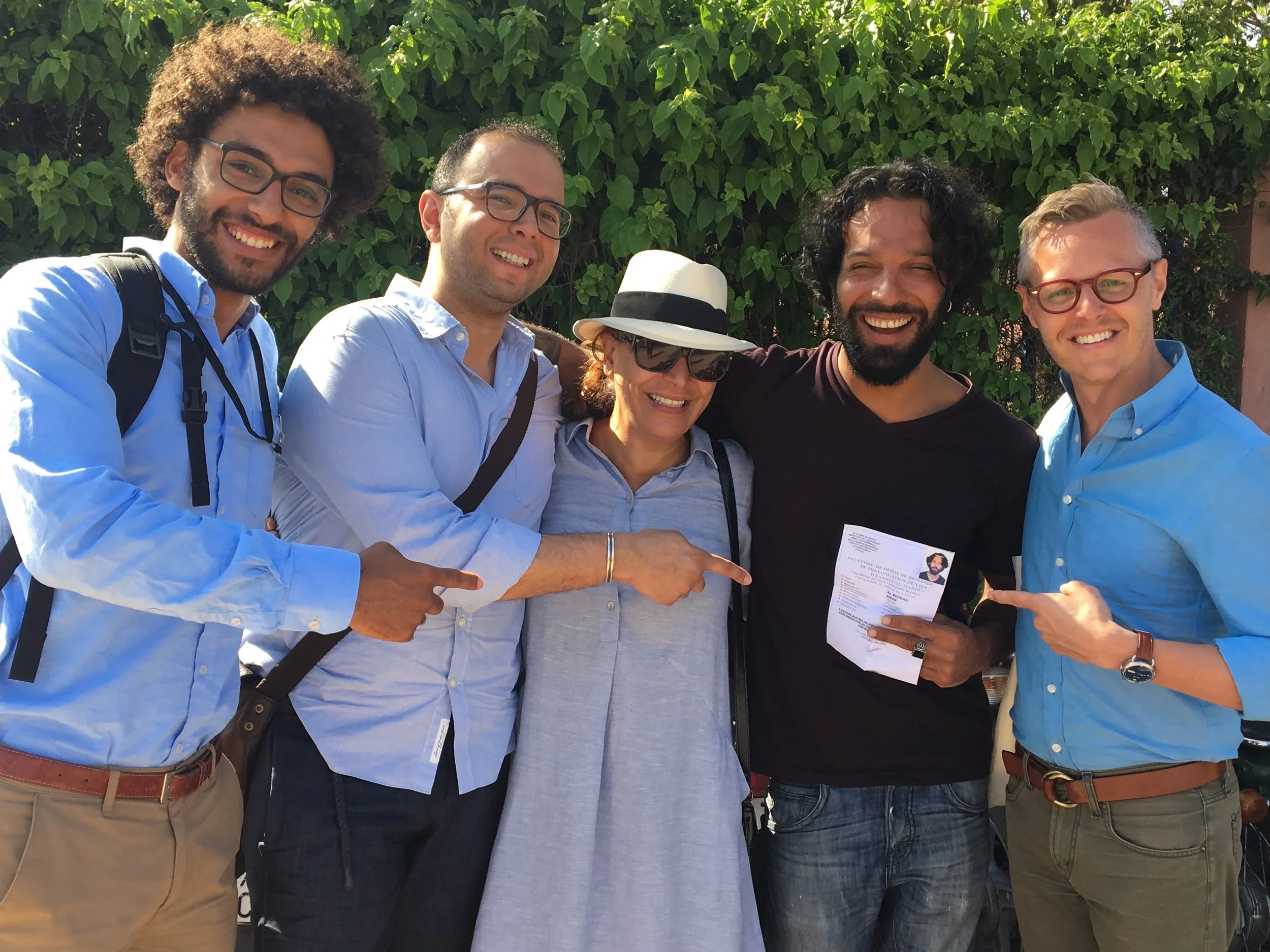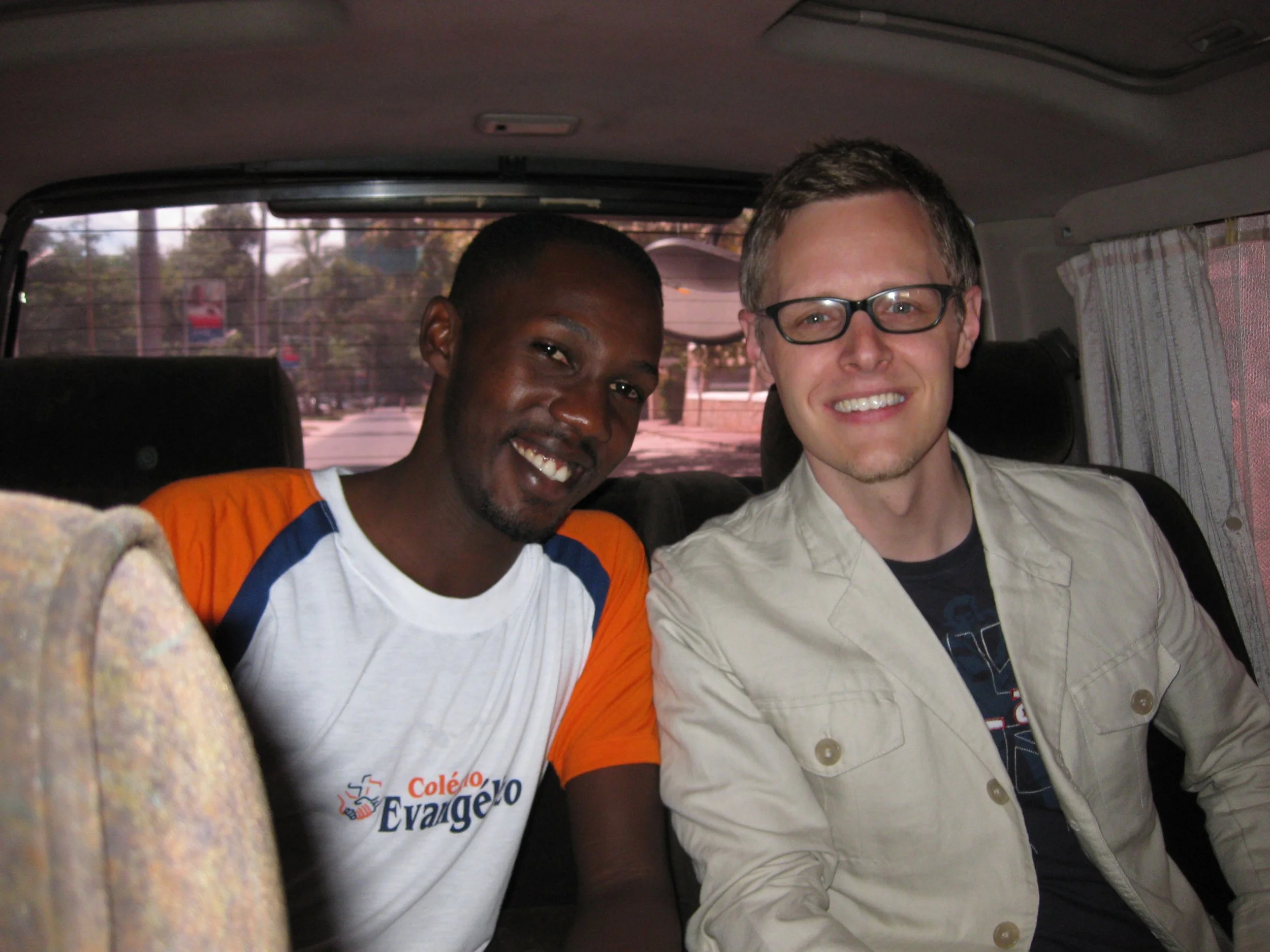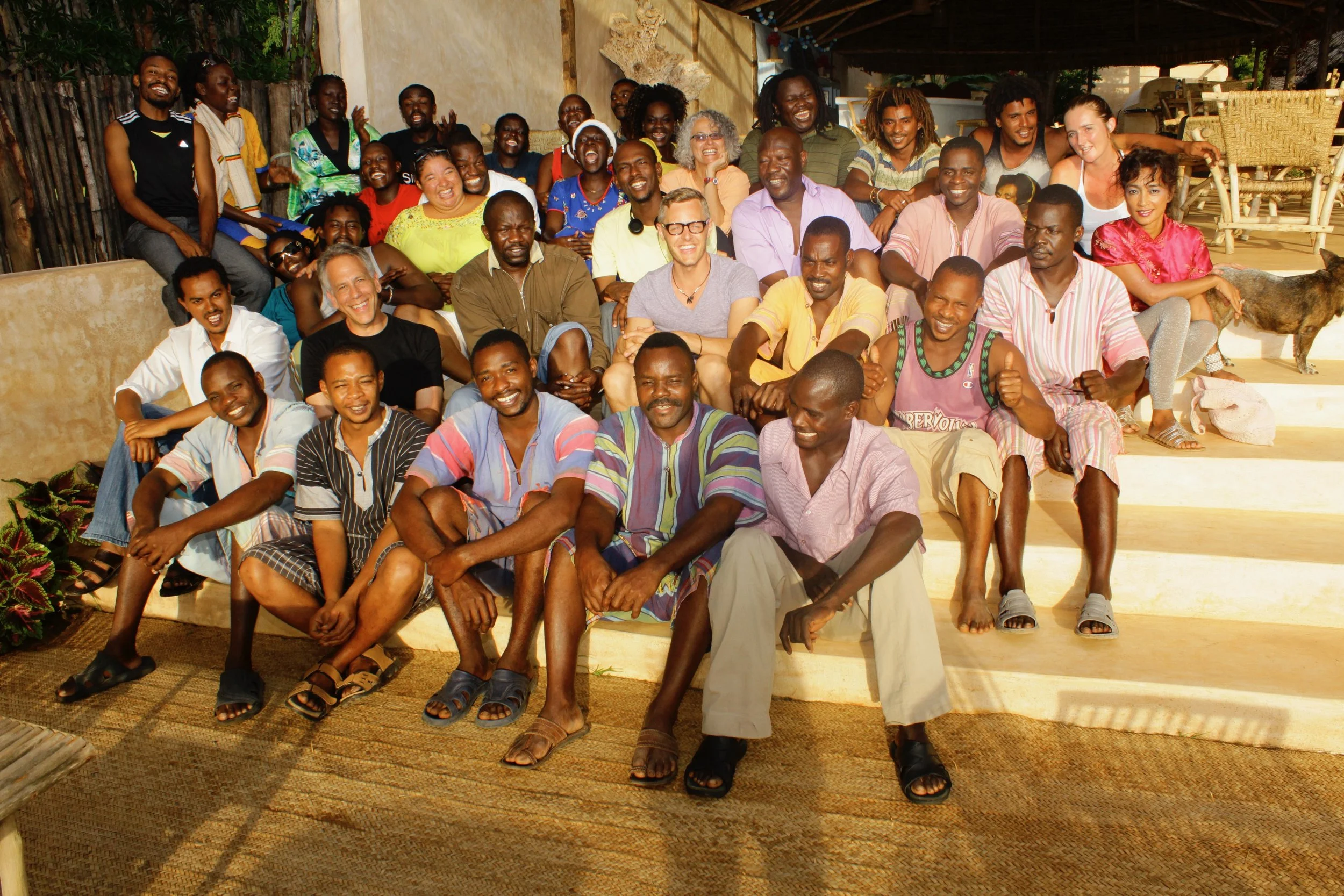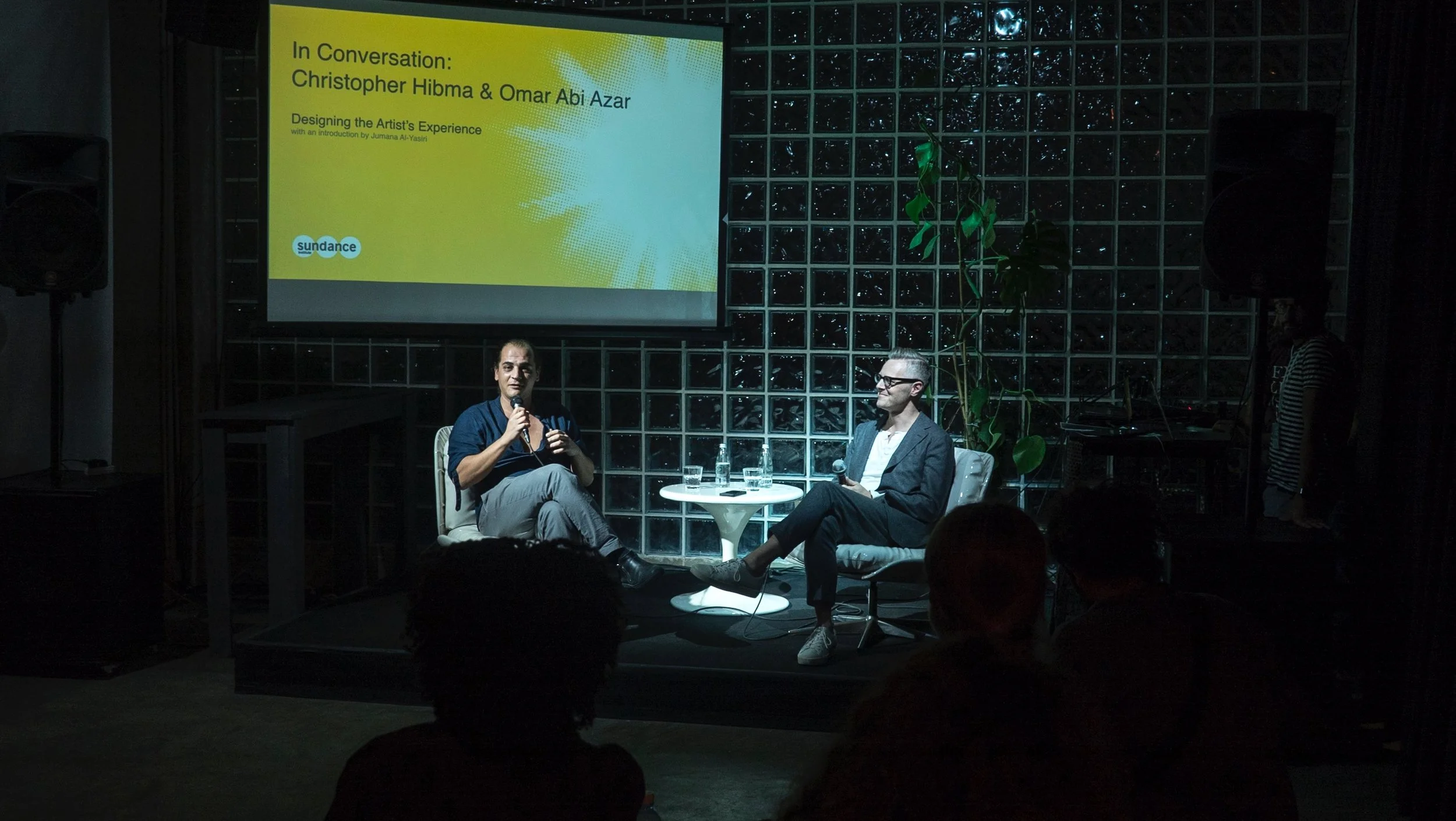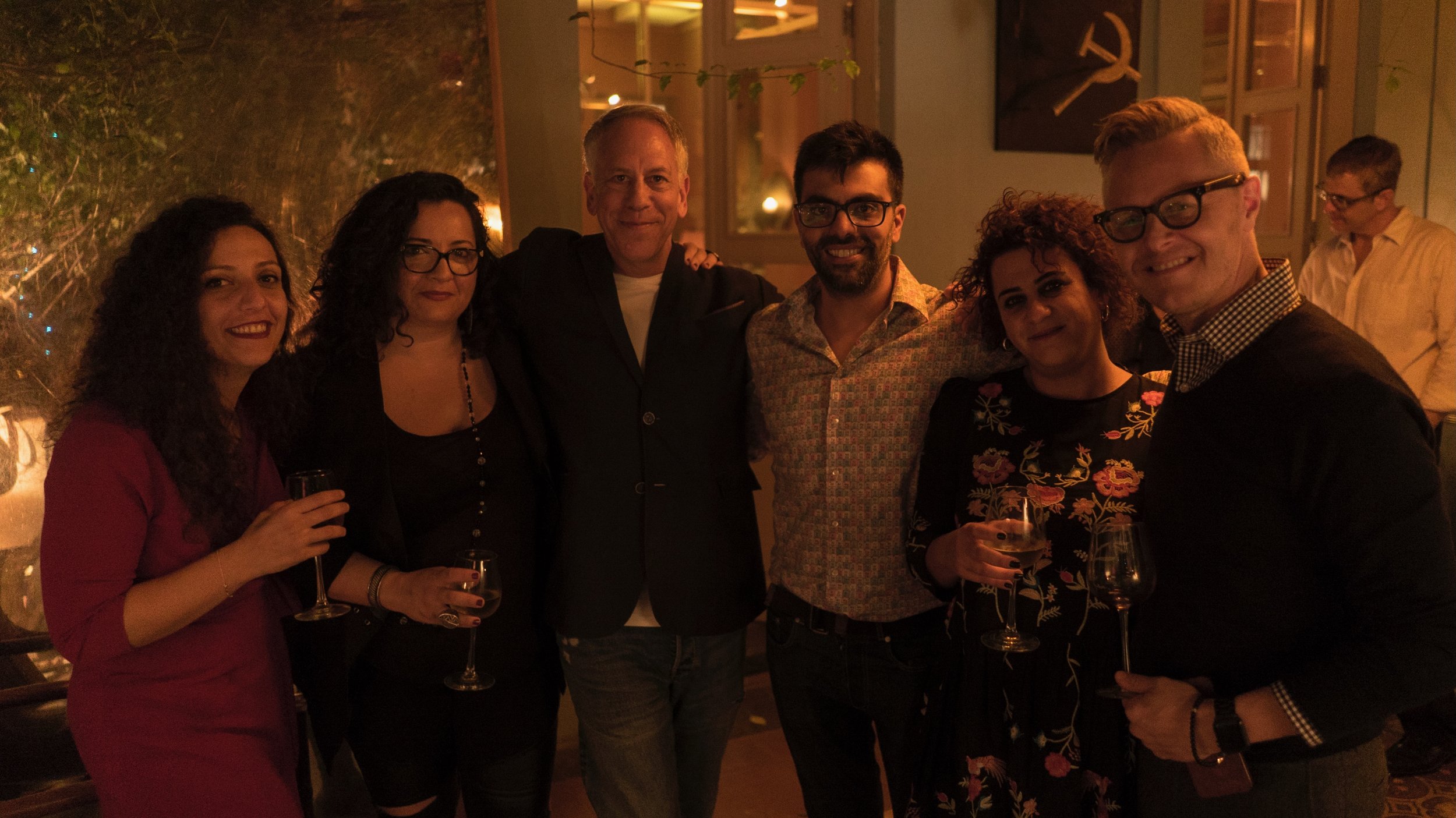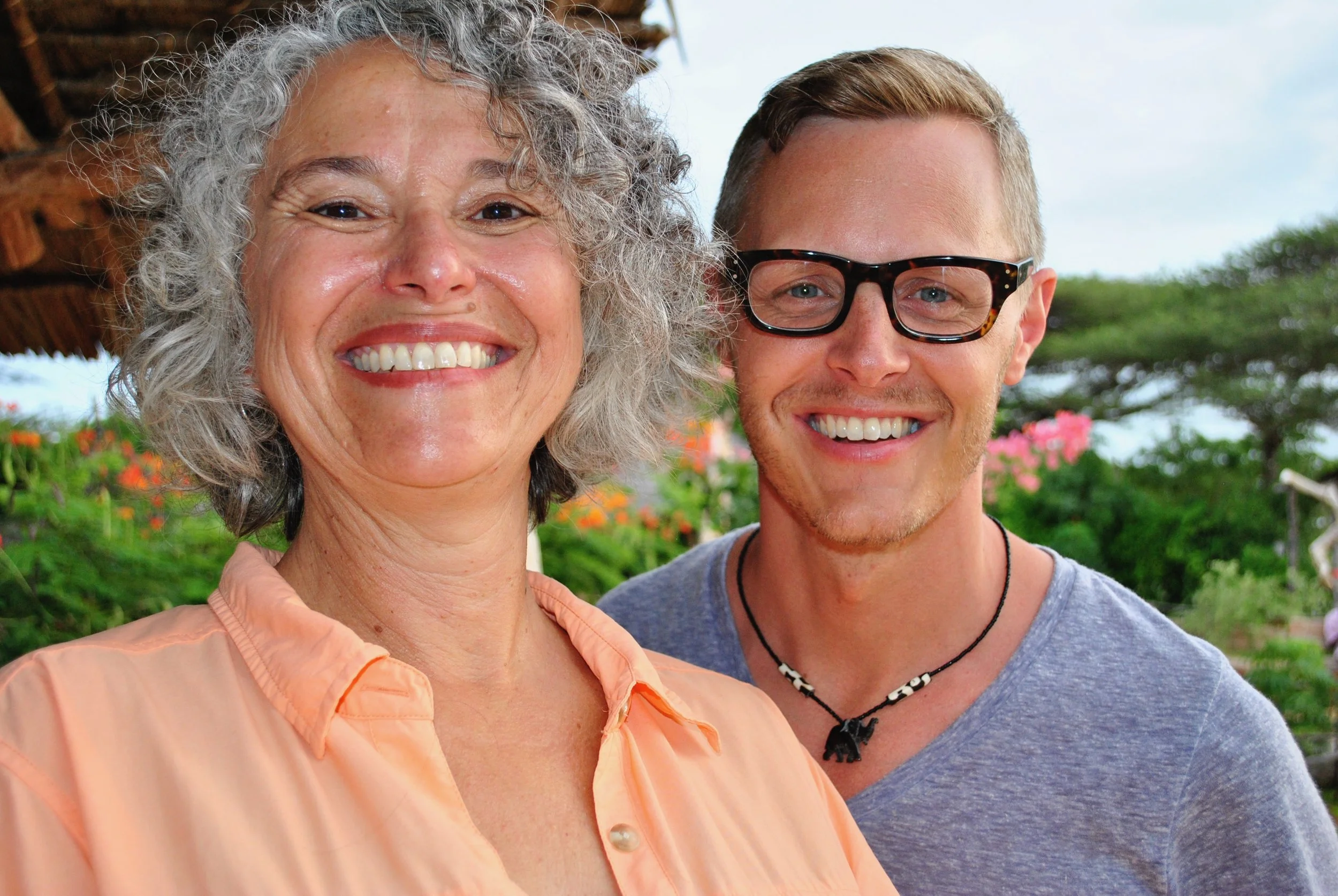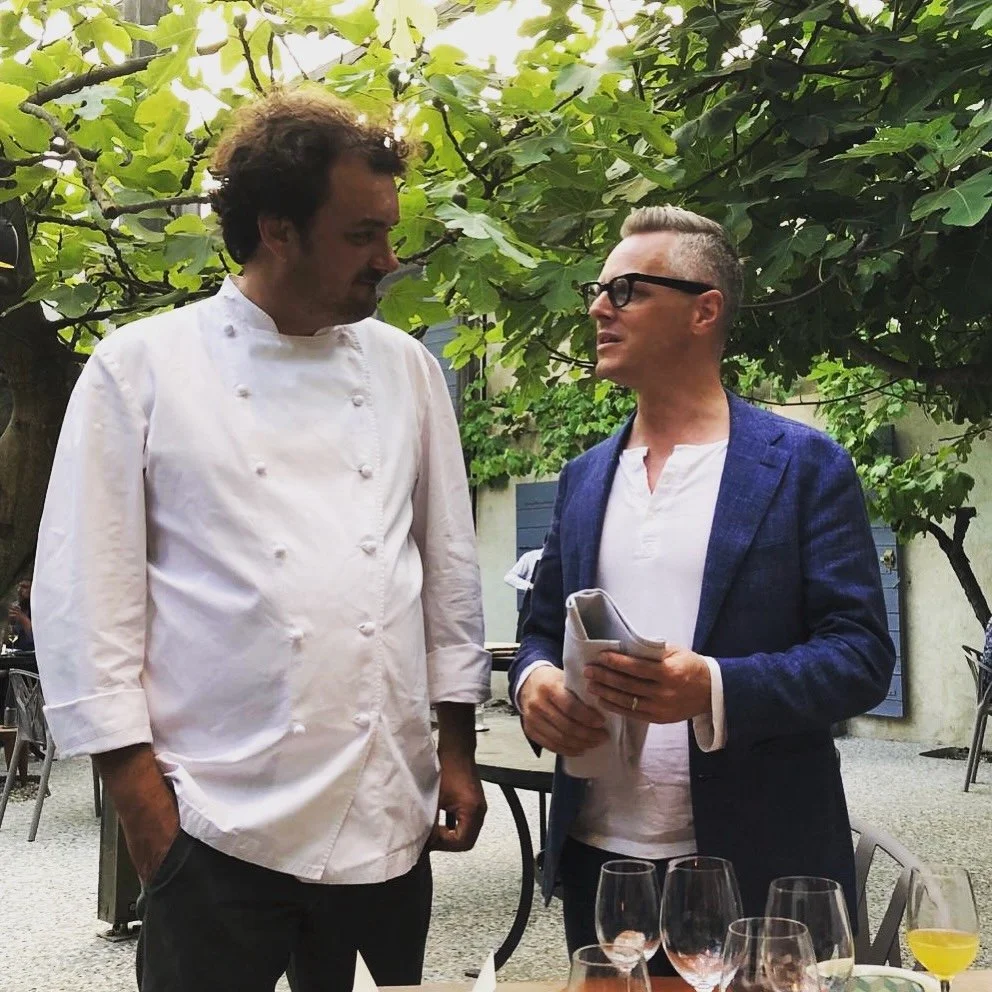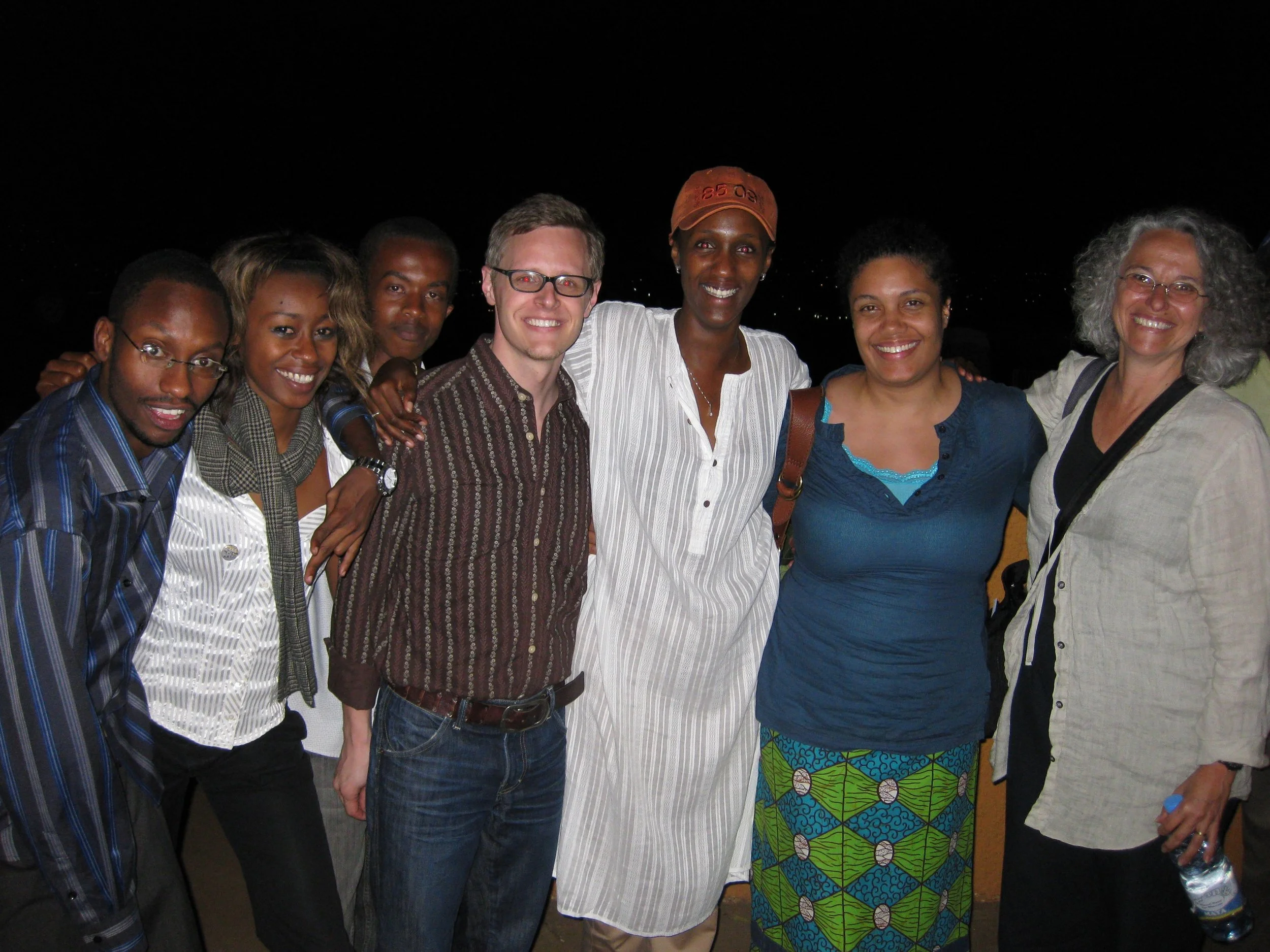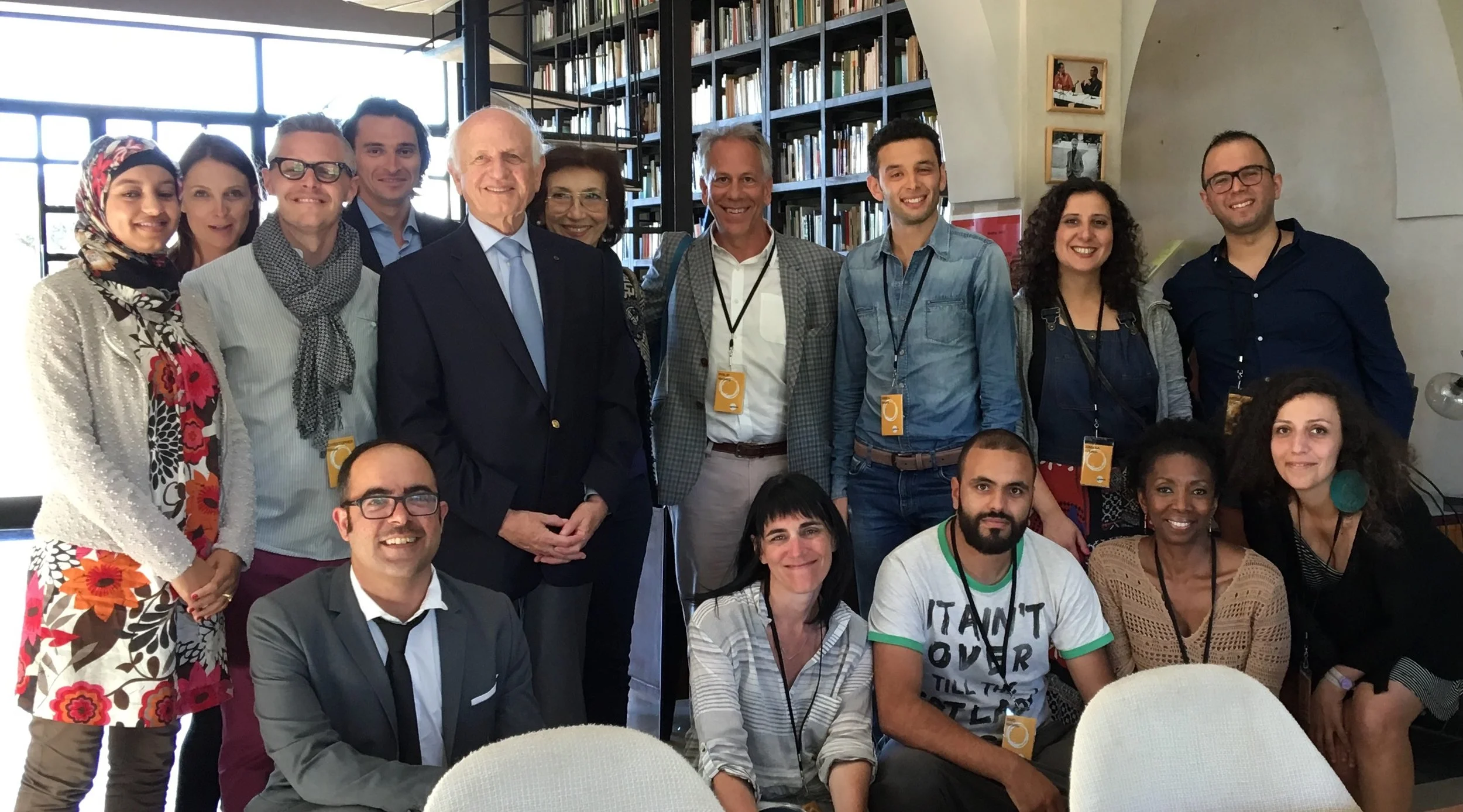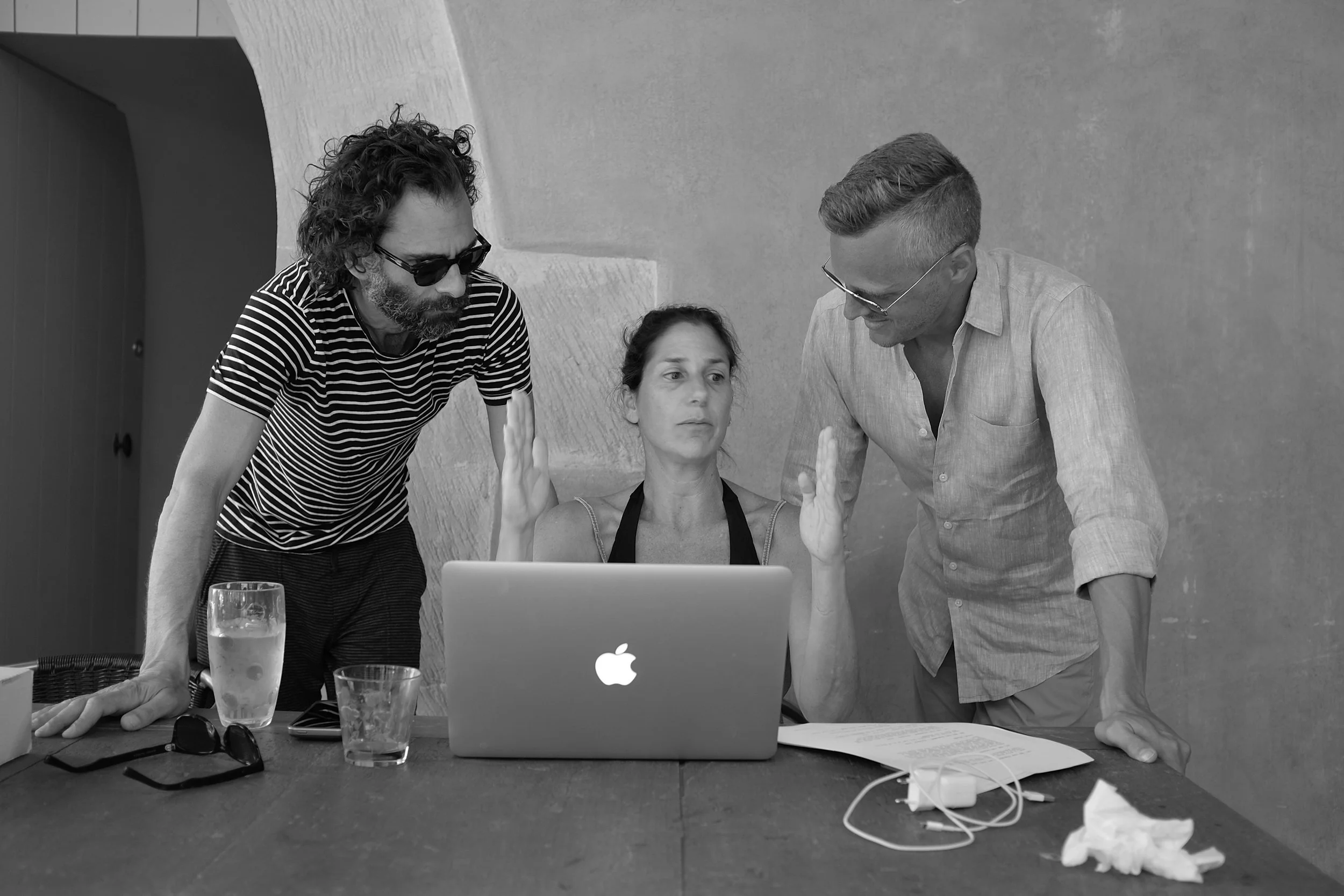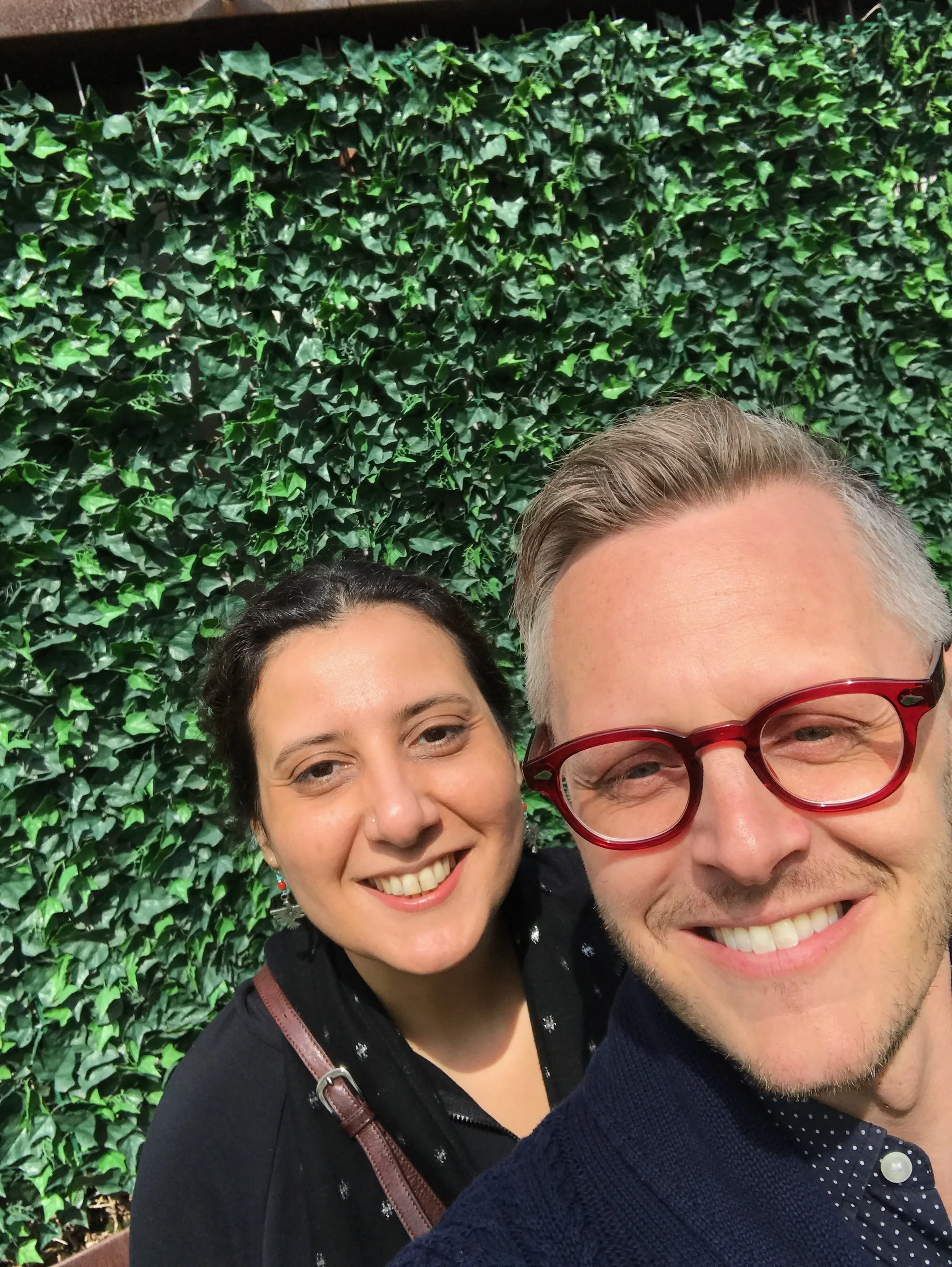.transnational-Collabs
“Christopher is a visionary in the truest sense. His capacity for empathy and sensitivity is limitless and his experience in international contexts has afforded him a profound understanding of the needs of artists and arts sectors all over the world. He faces challenges with immeasurable fresh insight, prodigious poise, and an unwaveringly constructive attitude. The extent of Christopher’s knowledge and drive are second to none: he is a natural leader, an acute listener, and a trusted, valued friend.”
I believe
-
Storytelling is universal – stories do not have to be changed for US audiences – they can stand on their own merit
-
Artists and their voices are invaluable to healthy societies
-
Long-term engagements establish trust – it’s really only about relationships
-
Humility is essential in redressing American exceptionalism and colonialism
-
Reciprocity, even over equality, should define partnerships
When I was a young boy, I used to sit with my grandmother at her wooden dining room table pouring over her well-worn World Atlas. With her bony finger, she would trace the flight paths and small villages around the world where her progeny had found meaning and purpose. As an adult, I have found great joy in walking alongside artists from all over the planet as they’ve embarked on their own creative journeys. One of those formative experiences was attending the 2001 La Mama Umbria International Symposium for Directors where I encountered artists from Singapore, Turkey and Italy. Another has been serving as Founding Chair of the Board of Trustees since 2022 for Zoukak Theatre in Beirut. It was my time at the Sundance Institute, though, with Philip Himberg and Roberta Levitow that my globalist roots found fresh waters and began to flourish.
Collectively, we had the great privilege to travel the globe in search of independent artists working in live performance who might benefit from time and space away from their daily lives within residency environments where they could develop their work freely – writing not in their colonized languages – but in languages in which they dreamed.
It was over this 15-year period that I developed (with great wisdom passed on from Philip and Roberta) a set of values and organizing principles when collaborating transnationally with artists and creatives, particularly in the Two-Thirds World (more on that below). I am also forever indebted to the following for helping to shape much of what you see here. These ideas are heavily borrowed from and inspired by all of them.
We belong to each other. My friends at Sacred Design Lab have said it beautifully,
“The experience of belonging changes the way we show up. Belonging is not a passive state. It’s something we nurture, express, renew, savor, and pass down and we each carry gifts the world needs.”
If I am to “envision a world in which every person connected to their inherent goodness, known and loved in communities of care, and bountifully giving their gifts toward beauty, justice and wholeness,” then my geographic reach and aspirations must be global. Working outside of the US (especially with my friends in the Two-Thirds World), is essential. Some may question this, but working across borders and supporting international artists is so fundamental to my values and so deeply embedded in my approach to storytelling that it would be profoundly self-defeating to retreat from them now or ever. Indeed, it is especially important to reaffirm this principle of global engagement today as societies retreat inward.
For me, whenever I am working outside of the US, I am guided by the same core values that inform my life and work in the US. In this sense, my transnational activities must be an integral part of what I do, not something held separate or apart. My values are:
Creativity
Community
Freedom of Expression
Quality
Independence
Diversity
Innovation
Authenticity
When I’m conducting transnational activities, I must be confident that these values will guide my conduct. So, for example, if I were to establish a presence in societies whose cultural norms or policies appear biased against women or LGBTQIA+, or against particular racial or ethnic groups, I should do so only if I am confident that members of these groups will experience no such bias within the frame of my work. I obviously cannot require other societies to conform to my values, and I should be respectful of social and cultural differences. But by exporting my values, I can hope to influence the societies in which I work.
By the same token, I must make every effort to combat the mistaken notions of colonialism and American exceptionalism. I should likewise avoid using the term ‘postcolonial’ which ignores the ways in which, politically, we are still living within colonial structures. Even the accidental use of the word ‘history’ instead of ‘histories’ supports the assumption being that the singular ‘history’ is always from the Western perspective. My work, both the US and elsewhere, must be infused with grace and humility, even as we creatively explore what is “good art” as well as examining our colonialist comfort of Aristotelian narratives.
It is my aim to repair artistic inequities between the Global North and the Global South, or what I and others prefer to call the Two-Thirds World. The Two-Thirds World (a term that stands on its own merit and not in subjugation or in relation to the Global North) is not a hemispheric, geographical term, but is a broad term referencing those countries and regions that do not enjoy global influence in terms of political, economic, military and cultural power. The Two-Thirds World includes:
all the countries of Africa
all Asian countries other than Japan
all countries in Latin America and Central America, as well as Mexico
all countries in the Pacific Islands Region
all countries in the Caribbean Region
all countries in the Arab Region
all indigenous communities in the Global North (e.g. first people nations in Canada, USA, Australia & New Zealand)
individuals from the above regions now living in the Global North, but who still identify with/are connected to their country of origin (including migrants and refugees)
To put it plainly, I do this work because, as an American, I have a responsibility to. With the privilege that I was born into, I am compelled to show up differently than my government, our military and our multi-national corporations.
And, it’s damn fun.
My Cross-Border Goals
-
To promote independent artists from the Two-Thirds World to examine & deepen their creative practices
-
To break through isolation & lack of exposure in order to gain a deeper understanding of our complexities
-
To explore sustainable connections between Two-Thirds World artists & audiences
-
To support the development of new work in languages other than English
-
To respond to the historical lack of exchange between the US and the Two-Thirds World
-
To create alternatives to governmental & media representation of our respective communities
A NOTE WHEN Entering a New Context
I am indebted to Ugandan playwright, director and actor, Charles Mulekwa for sharing a common mistake that many well-meaning visitors from the West many when visiting countries like his in East Africa. He refers to the trope of people – usually White people – showing up with a suitcase in hand, inviting a small group of Africans into a room and closing the door. After a period of time, the door opens and those in the room walk out with big smiles on their faces. Those who were not invited in the room are left wondering what was in the suitcase that caused all the smiling.
Charles challenged me (and Philip & Roberta) to show with our “suitcase” open. To show and say… this is who we are, this is who we are are not, this what we have, this what we do not have. Who are you? What do you have? What do you not have? In other words, humble yourselves and do not assume that we want what you have. AND – do not infantilize us with you money and power.
This notion has formed the very core for my being when I enter a new arena. Humility, grace and transparency are paramount. Secondly, along with my colleagues, we have employed a methodology that has built trust and mutual understanding, even when power dynamics are ever-present.
First, invite the widest possible creative community to an open forum to introduce themselves to you. A free and vibrant space of artistic energy sets the tone to start things off. Second, meet with the elders. This honors their labor and acknowledges the history of their community. You need their imprimatur. After all of this, you are now ready to meet with the independent artists. Those with the acumen, talent and thirst to engage outside their own borders. Each of these clusters deserves your time and respect. We have so much to learn from each of them.
My American Identity & a Statement About Risk
I have spent much of my career in the US in spaces founded with the purpose of providing independent alternatives to storytellers. And, as my international engagements have grown, I continue to depend on the American creative community for much of my funding and the financial support implicit in our tax-exempt structures. No less important, I am the beneficiary of American laws, regulations, and other public goods—including safety and security—that the US government provides. In short, I am American and I recognize that it is my turn to listen rather than to speak.
At the same time, I also operate in the US as an independent individual. Internationally, I continue to work independently of the US government. Funding for international activities come from diverse sources and includes government, foundations, corporate and individual donors.
Collaborative projects between myself and the Two-Thirds World are microcosms of an inequitable world where I may have more funding, skills, experience and infrastructure that others do, but where we all wish to work together for our common good. To do this I need to negotiate power relations, values, worldviews, aesthetic traditions, differing markets, etc.
As long as I am active internationally, a certain level of risk is unavoidable. Risks should be minimized, but no one should neither seek nor expect to eliminate them. As artists, we are creative and driven. Our role is to work within a risk-informed mindset to find ways to reduce risks to acceptable levels. The safety and security of our the artists we support (and ourselves) must be of the highest priority.
“Christopher has a deep sense of place and people. His attention to detail and the care he imparts to everyone is inspiring. Most of all, I admire his commitment to defying postcolonial practices and unequal production mechanisms in the arts.”


